𝟝 ℂ𝕝𝕒𝕤𝕤𝕚𝕔 ℂ𝕒𝕣 ℙ𝕣𝕠𝕥𝕠𝕥𝕪𝕡𝕖𝕤 𝕋𝕙𝕒𝕥 𝔽𝕒𝕚𝕝𝕖𝕕 — 𝕒𝕟𝕕 𝕥𝕙𝕖 𝕊𝕦𝕣𝕡𝕣𝕚𝕤𝕚𝕟𝕘 𝕊𝕥𝕠𝕣𝕚𝕖𝕤 𝔹𝕖𝕙𝕚𝕟𝕕 𝕋𝕙𝕖𝕞
Explore the fascinating stories of five classic car prototypes that never made it to production — and why they failed. From bizarre designs to corporate drama, here’s what went wrong.
Introduction
Not every car that reaches the drawing board makes it to the streets. In the golden age of automotive design — from the 1950s to the 1980s — automakers pushed the boundaries of creativity and engineering. Some prototypes were futuristic marvels; others were outright disasters. Most were never meant to see production, but their stories live on as fascinating “what-ifs” in automotive history. Here are five failed classic car prototypes and the surprising tales behind them.
1. Ford Nucleon (1958) — The Nuclear-Powered Dream
The Concept:
In the late ’50s, nuclear power was the future — or so they thought. The Ford Nucleon was a bold prototype powered by a miniature nuclear reactor in the trunk. It promised to drive thousands of miles without refueling.
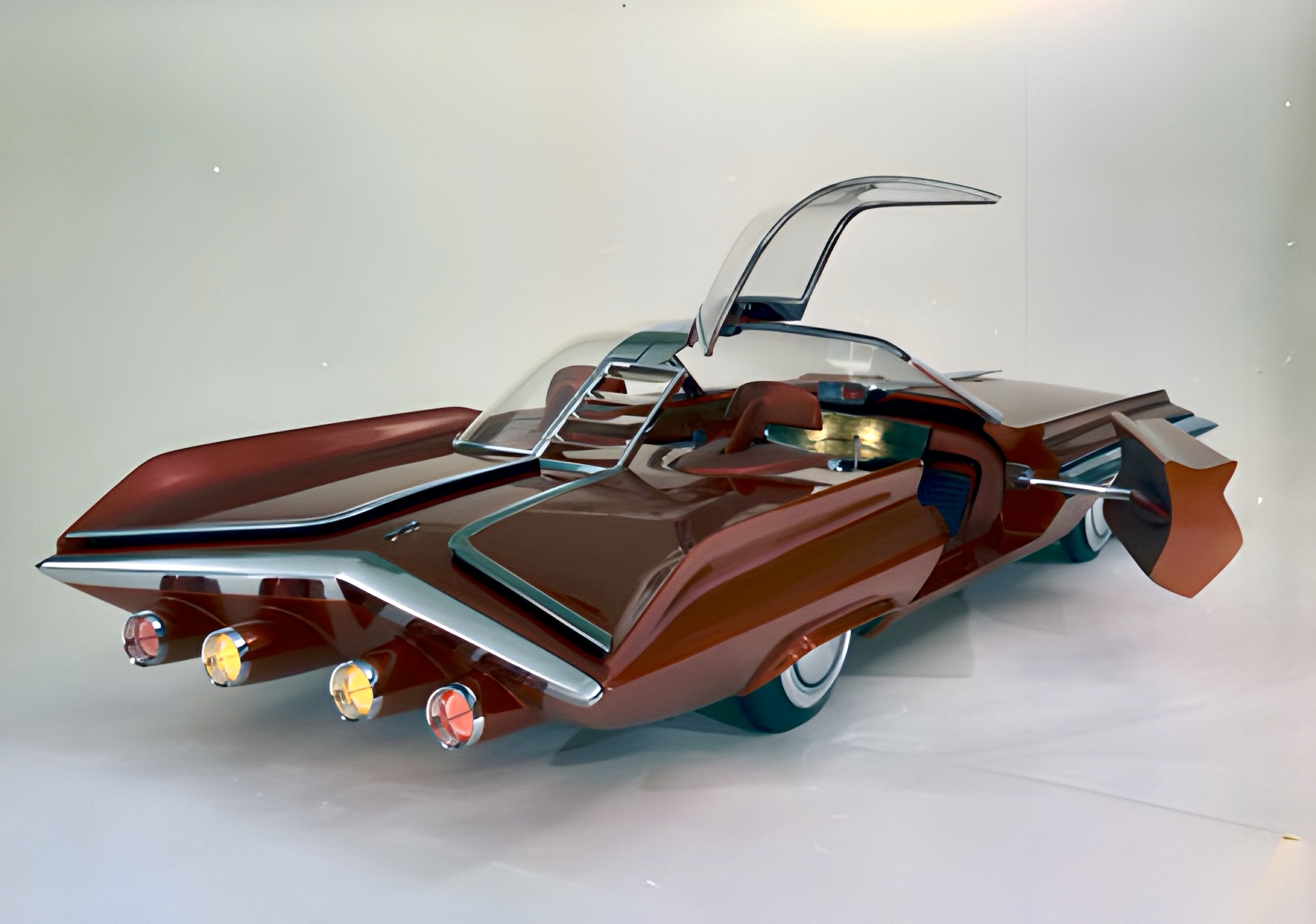
Why It Failed:
- Scientists couldn’t safely shrink a nuclear reactor to fit inside a car.
- The idea of millions of tiny reactors driving through cities became a public safety nightmare.
- The model never ran — it was just a scale design.
Fun Fact:
The Nucleon never had a working prototype, but it remains one of the most iconic “what-could-go-wrong” ideas in automotive history.
2. Chevrolet XP-882 (1970) — The Corvette That Almost Wasn’t
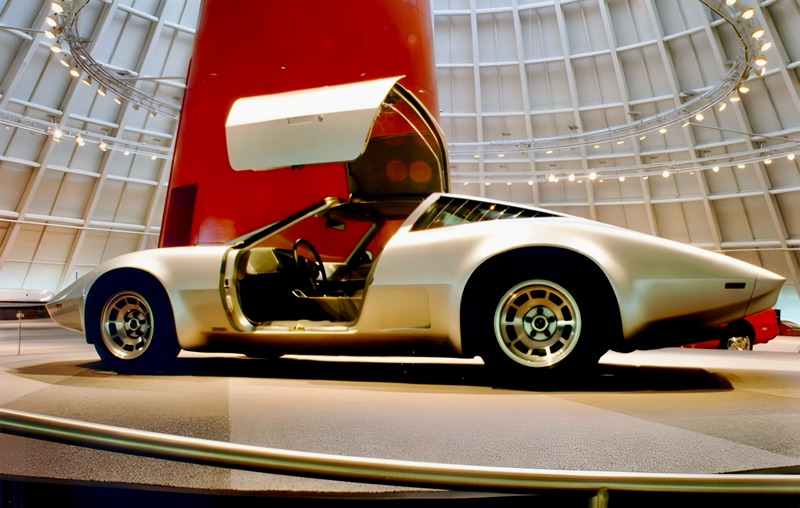
The Concept:
This mid-engine prototype was GM’s attempt to reinvent the Corvette for the 1970s, anticipating European sports cars like the Ferrari 308.
Why It Failed:
- Management feared alienating Corvette fans with such a radical change.
- Internal politics and cost concerns shut down the project.
- Ironically, it inspired the 1972 DeLorean DMC-12, designed by the same engineer: John DeLorean.
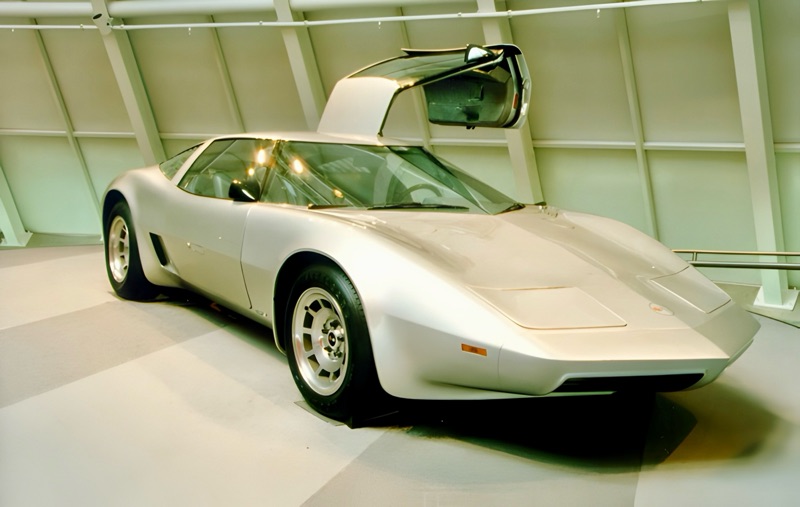
Anecdote:
John DeLorean was so frustrated by GM’s decision to kill the XP-882 that it helped push him toward launching his own company — with his own (ultimately doomed) prototype.
3. Citroën Karin (1980) — The Pyramid on Wheels
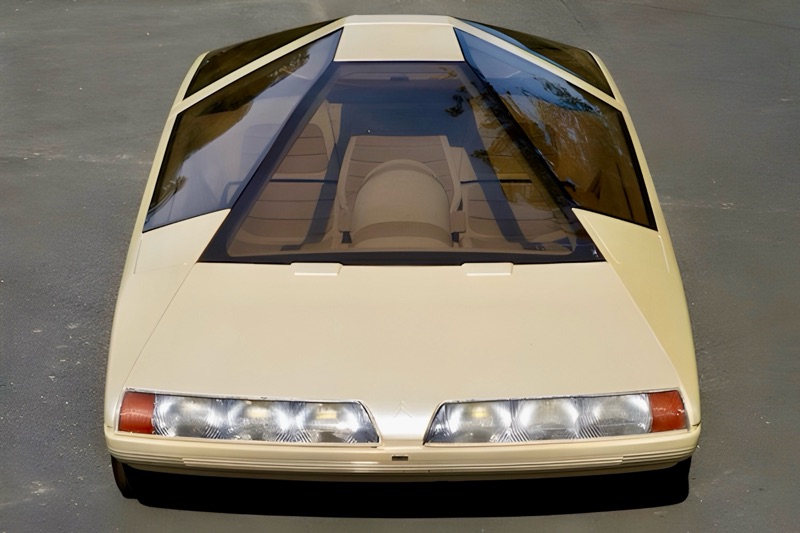
The Concept:
Citroën showed off this bizarre, triangular concept at the 1980 Paris Motor Show. It had three seats in a pyramid layout, with the driver in the middle and two passengers behind.
Why It Failed:
- It looked like something out of Blade Runner, but it had zero practical value.
- The design was too radical, even for Citroën.
- It never moved beyond the concept stage.
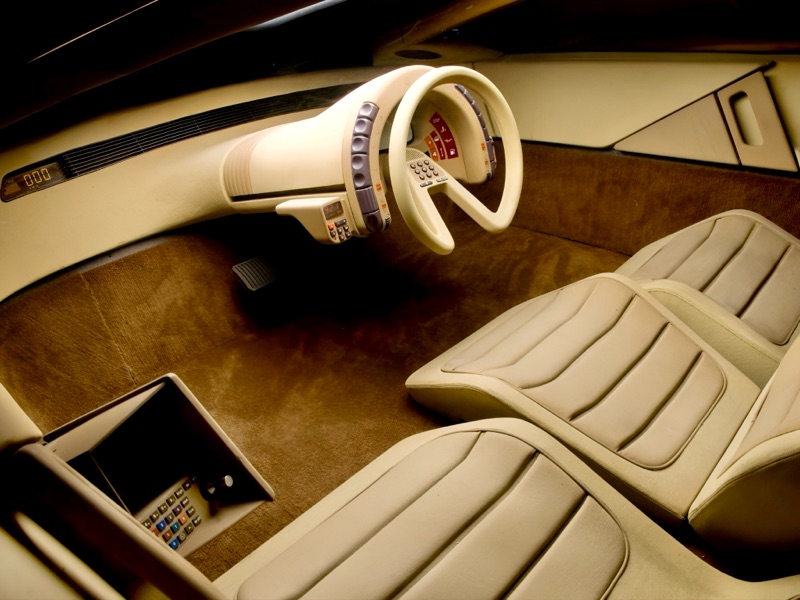
Surprise:
The Karin’s single-seat front layout would later inspire supercars like the McLaren F1, which featured a similar seating configuration in the ’90s.
4. Mazda RX-01 (1995) — The Rotary Coupé That Never Spun
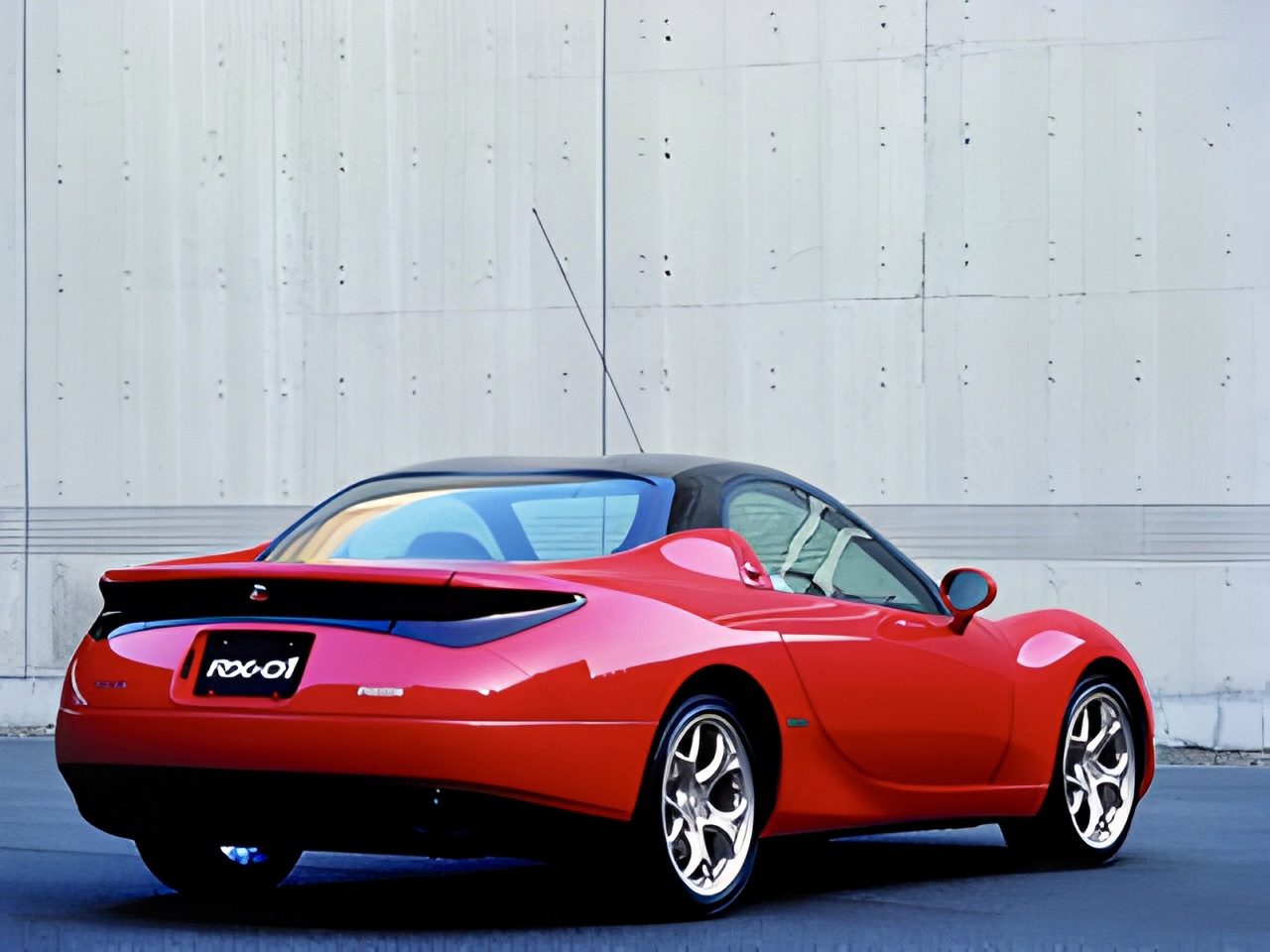
The Concept:
A sleek sports coupé meant to succeed the RX-7, featuring Mazda’s signature rotary engine and minimalist design. Lightweight, agile, and stylish.
Why It Failed:
- The rotary engine’s poor fuel efficiency and emissions problems killed the project.
- Just as it was ready for production, Japan’s economic bubble burst.
- The RX-8 came years later, but fans still mourn the RX-01.
Fan Legend:
Only one functioning RX-01 exists today — and it lives under lock and key at Mazda’s private museum in Hiroshima.
5. BMW E25 Turbo (1972) — The Supercar That Became a Blueprint
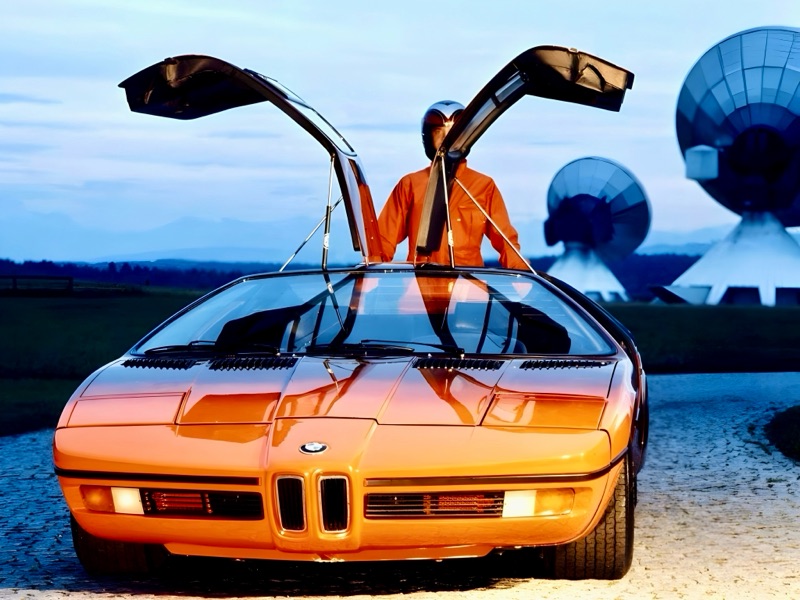
The Concept:
Built for the 1972 Munich Olympics, this wedge-shaped, gullwing-door prototype could reach 160 mph and featured radar braking (!) in the early ’70s.
Why It Failed:
- It was never meant for mass production, only as a showpiece.
- The technology was too advanced (and expensive) for the time.
Legacy:
The E25 didn’t die — it evolved. It became the inspiration for the BMW M1, BMW’s first and only true supercar. So in a way, it failed forward.
Conclusion
Not every prototype is destined for greatness. Some were too far ahead of their time, others too flawed to survive. But all of them tell us something about the ambition, risk, and imagination that drive the automotive world. These forgotten failures still spark curiosity today — and remind us that even the best ideas sometimes stall before the finish line.
Comments
Post a Comment